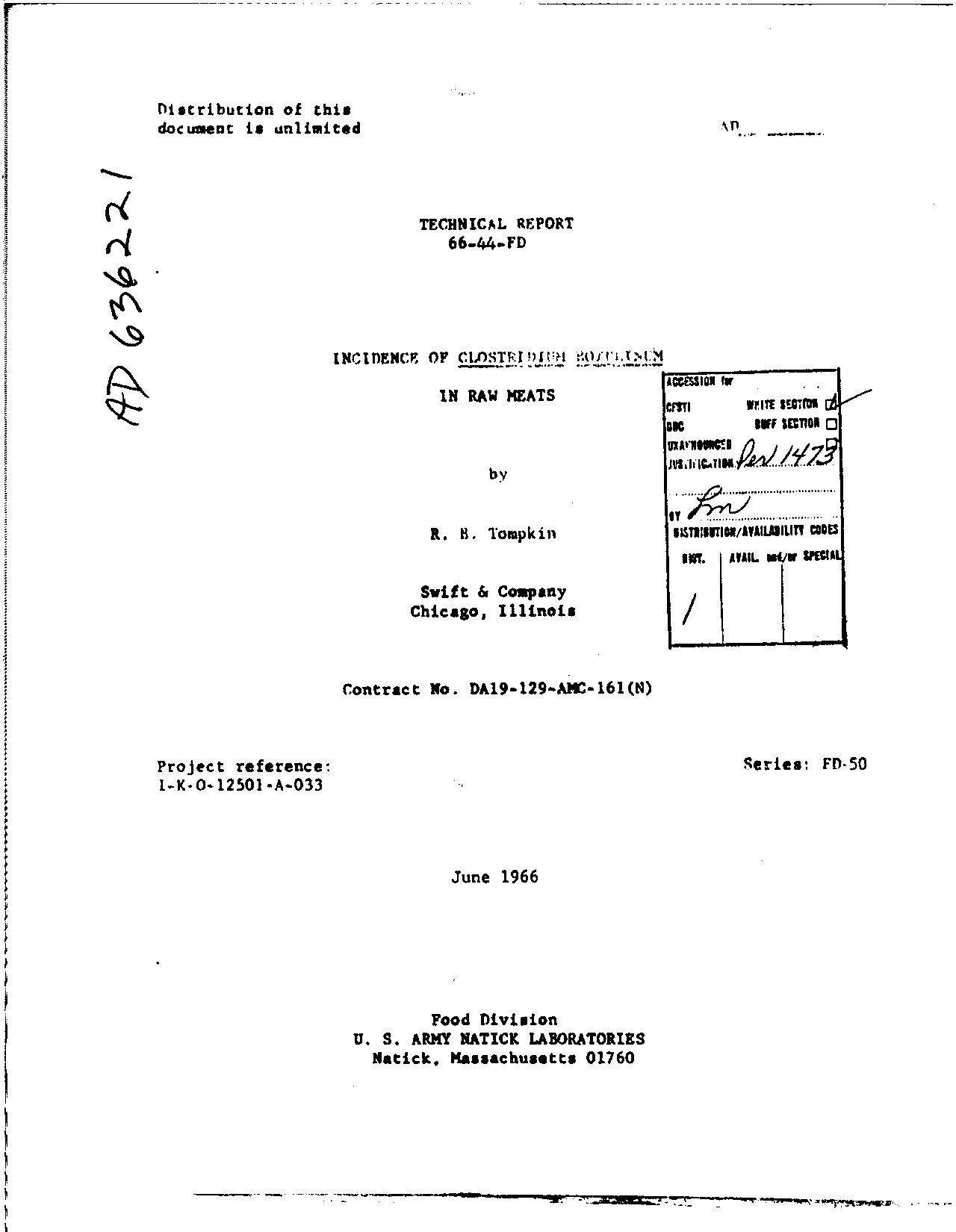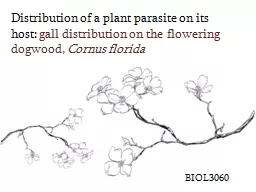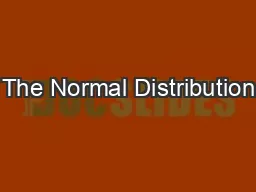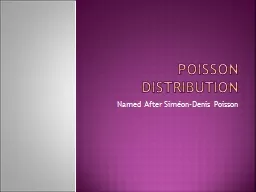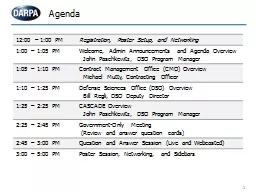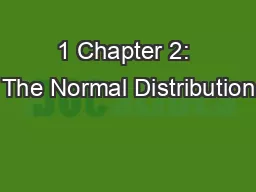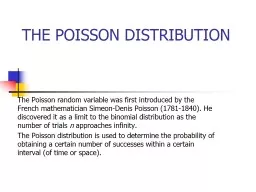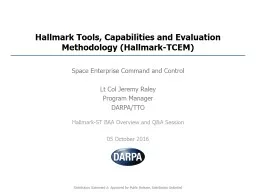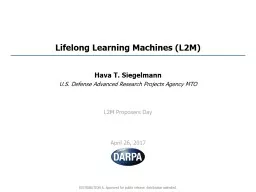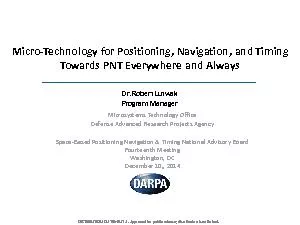PDF-Distribution of this
Author : deborah | Published Date : 2021-03-17
document is unlimited N TECHNICxL REPORT 6644FD INCIDENCE OF CIPSTVIOI 0j JOIM IZ ACCESSION for C IN RAW MEATS CMI WNDPIsi SuCE by R Tompkin iSTuIiTIONAYAILUILITV
Presentation Embed Code
Download Presentation
Download Presentation The PPT/PDF document "Distribution of this" is the property of its rightful owner. Permission is granted to download and print the materials on this website for personal, non-commercial use only, and to display it on your personal computer provided you do not modify the materials and that you retain all copyright notices contained in the materials. By downloading content from our website, you accept the terms of this agreement.
Distribution of this: Transcript
Download Rules Of Document
"Distribution of this"The content belongs to its owner. You may download and print it for personal use, without modification, and keep all copyright notices. By downloading, you agree to these terms.
Related Documents

